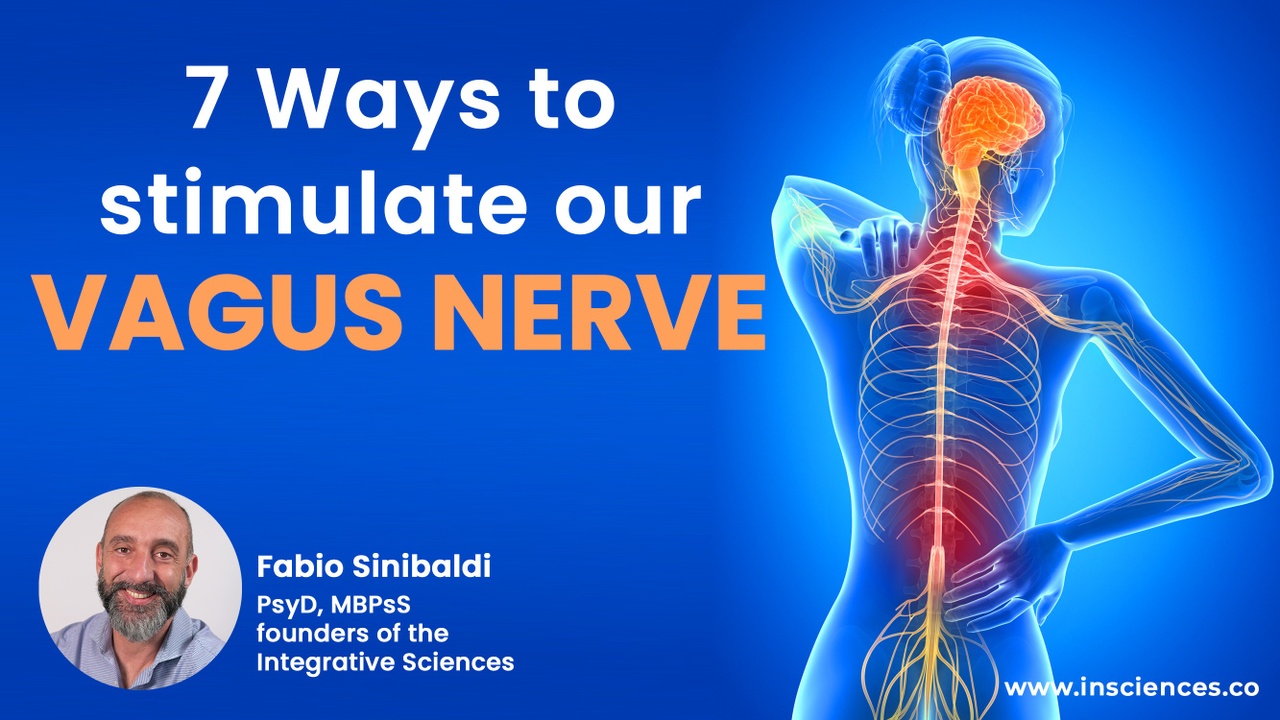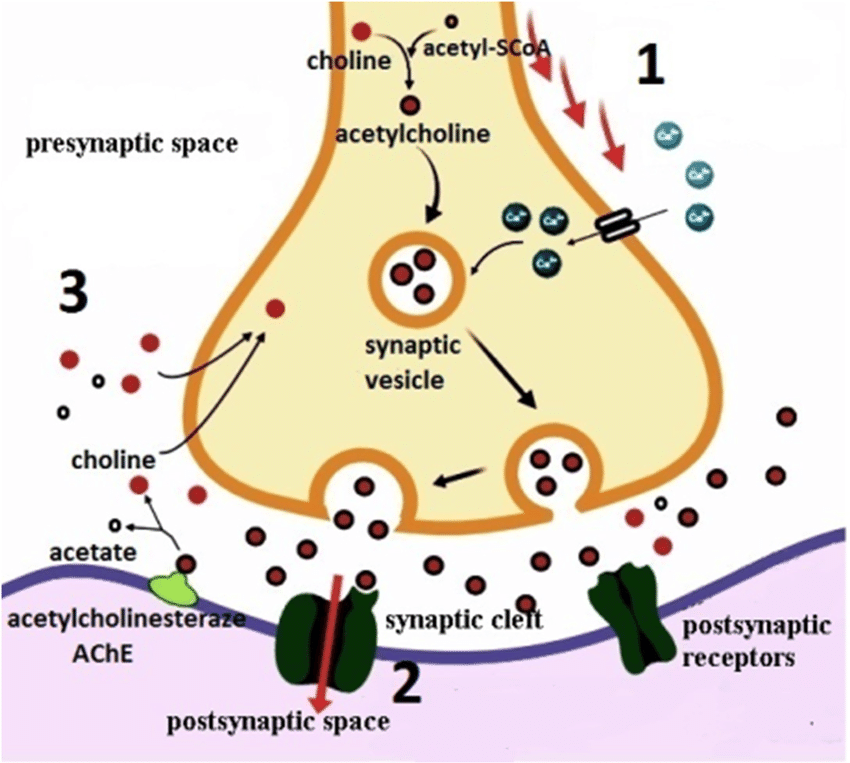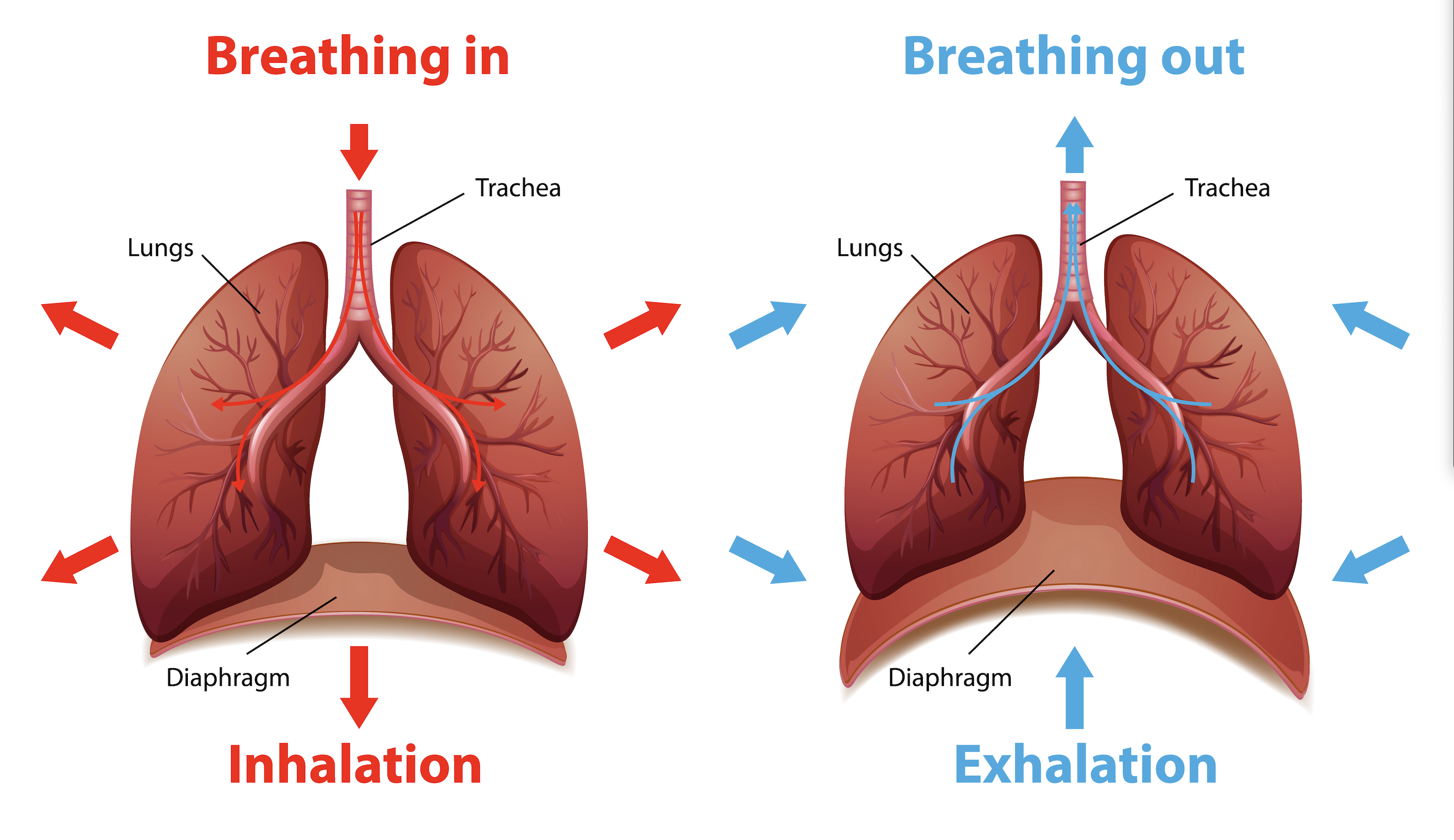
7 Ways to Stimulate our VAGUS NERVE, Improve our Emotional Responses, Relationship Skills and Favour Change
Dec 17, 2022The central role played by the vagus in modulating emotional and relationship responses and, in general, environmental adaptation processes is now very clear and defined (for those willing to know more, we will go into the matter more thoroughly)

The vagus nerve allows us to adequately react when facing stressful and dangerous situations. Its correct modulation and its “strength” make the difference between our capacity to effectively respond, keeping control, mastery and fluidity or, on the contrary, act a response which lacks organization and is largely ineffective.
Researchers keep showing that correct habits, behaviours and mindsets (like for instance breathing and meditating and some other effective ones) help us establish retroactive feedbacks which stimulate and strengthen the vagus.
A Bit of History
Thanks to S. Porges’ Polivagal Theory, the vagus nerve has recently received notoriety and attention.
Studies that eventually led to this theory started way back in time. In 1921 Otto Lowi discovered that stimulating the vagus causes a decrease in our heartbeat and the release of a substance which he called Vagusstoff (German for “the substance of the vagus”). It was eventually named acetylcholine, the first neurotransmitter to be found.

Acetylcholine plays an important role in our capacity to calm down. We can release it by breathing deeply and slowly exhaling.
By the end of 1990 Kevin Tracey made an interesting observation. As he was monitoring an injection of anti-inflammatory at the cerebral level, he realized the inflammation was blocked at the level of the spleen and other organs, even if the injected dose was too small to circulate in the blood, reach those organs and run its effect. He then found out and understood that the brain used the nervous system, and particularly the vagus, to act upon the spleen and other organs in order to reduce the levels of inflammation.
Back to Porges, his merit was to identify the two methods that enable the vagus to work: opening to sociality or, as the opposite, by activating defensive mechanisms. Last but not least, Porges outlined the role of what he called “neuroception”, the unconscious perception that may happen on a peripheral level of the nervous system, which has a central role in activating and operating the vagus
The nerve “that vagues” – What the vagus is and what it does

The word vagus reminds “being vague”. However, translating like that would be a big mistake on both the linguistic and interpretative points. The term comes from the Latin vagare, meaning to wander. This name is due to the fact that the vagus has many ramifications in the human body. It would be more correct to say that it is a family of neural pathways that originate in different parts of the brain stem and then “wander” and go from the heart, lungs, spleen, intestines and other vital organs all the way to the intestine. The vagus also connects with other nerves related to social skills such as eye contact, speech, recognizing and processing facial expressions, voices etc.
The vagus continually sends information to the brain about the state of the internal organs. Approximately 80-90% of the nerve fibres of the vagus are used to communicate the state of our internal organs to the brain, bottom-up. When it comes to emotions or gut feelings, we refer to this information which comes from the internal organs and reaches the brain through sensory fibres.
The vagus is not only about sensory fibres. The other nerve fibres are connected to the motor and autonomic nervous system. The motor fibres, as well as the sensory ones, will prove useful in order to reinforce the vagus and make it able to properly perform its functions again. All these characteristics affect all mammals, not just humans. This is a further confirmation of the importance to always consider the resemblances between the typical adaptation, development and self-regulation modes of the emotional responses of other mammals and men.
There is also a top-down communication process, through which our mind tells the guts to create a state which favours rest and digestion as we feel calm and safe or, by contrast, prepare the body to fight or flight in dangerous situations.
All this takes place (it is obvious but worth a reminder) in a totally unconscious way and out of our thinking capacities. It actually is a body awareness, a concept that will be very useful later.
The vagus plays a crucial role in the transition from the sympathetic nervous system (which activates within us to face stressful, dangerous and difficult times) to the parasympathetic nervous system (which allows us to be back to physiology, relax and recover.) When the emotional response is inadequate or excessive with regard to the situation we are experiencing and plainly irrational, the vagus is not properly functioning.
Understanding the role of the vagus in this process and, as we will see, knowing the ways to support it, means having another ace up our sleeve in order to work on the emotional tuning and on self-control. These all are flexible concepts and techniques which can easily integrate with different therapeutic approaches and working strategies.
Risks of a Low-Performing Vagus
Not all vagus nerves are alike. Or actually, some people have a stronger vagus, which helps them to relax quickly after a stressful event, more effectively regulate their heartbeat and the glucose level in the blood, to properly interact with the immune system to reduce inflammation when it is no longer necessary.

A useful indicator to verify the healthy state of the vagus is known as hearth coherence. It is a slight increase of the heart rate when inhaling (in order to speed the flow of oxygenated blood) and a slight deceleration as we exhale.
The greater the difference between the heart rate in inhalation and exhalation, the higher the vagal tone. A high vagal tone is related to high levels of psychophysical well-being, as much as a low vagal tone is associated with states of chronic inflammation, negative mood and emotions, isolation and heart attack.
A high vagal tone is also associated with greater social and psychological skills, from the ability to empathize to those related to memory and concentration
Ways to Support and Reinforce the Vagus
There has been much research also performed on enzygotic twins, showing a genetically predetermined vagal tone. On the other hand, some lifestyles and behaviours are even more relevant than this genetic heritage in determining a person’s actual vagal tone. Being able to identify these mechanisms becomes thereafter very interesting, in order to exploit them for the benefit of well-being and relational and emotional effectiveness.
1. BREATHING

The first way to act on vagal tone is directly related to its regulatory function of breathing and heart rate variability. Deep and slow breathing, primarily involving the movements of the diaphragm, is crucial. It is also important to make sure that exhalation is longer than inhalation and that it occurs by emptying, not as an active movement.
This type of breathing can be acted just before or during a stressful event, in order to instantaneously fine-tune the vagal response. However, it is through practising this type of breathing for about 3-4 minutes two or three times a day that we can have a change in the long term. Our research showed that some people positively respond to this type of activity and consolidate the change even after a couple of weeks, though most of them need to keep practising up to 5 or 6 weeks before achieving the same result.
2. THE POWER OF PRACTICE
If we still haven’t got used to doing something, such as the gestures of a complex activity such as work, or an artistic or sports performance, we engage our prefrontal cortex in excess, creating bad results and causing great mental stress. If, on the other hand and through practice, we establish automatisms and a wide range of checking sequences (a skilled pianist playing an arpeggio no longer controls every single finger of his hands; he overlooks the entire sequence as a whole) our prefrontal cortex only performs a control task.
The action is monitored by deeper structures related to movement and the vagus can be activated, supporting fluid thinking and acting. Continuing to practise in a quiet context plays a central role to allow the vagus do its job properly, without overloading it or activating it in alarm mode.
3. THE MASTERY GAME
When we are not able to do something, we can enter into either a challenging or helplessness state. Evolutionally speaking we, like all mammals, are inclined towards discovery and play, the constructive and playful aspects of the challenge of pushing our limits further. Helplessness occurs only when frustration is excessive and widespread.
If the first reaction is helplessness and retreat, then the reaction is a learned response, no matter whether we are aware of that. It then becomes crucial to rediscover our skills and competences, avoiding cognitive, misleading assessments and relying on the sense of free and playful discovery of the situation.
Our resources need be stimulated by challenges that match, or are a bit higher than our developmental level, so that they can be achieved and, on the opposite, not be boring. The vagus has an easy game in this “border land.” If activated at the extremes, it could simply shut down for both uselessness or insecurity.
By doing this we will be able to develop mastery, that state between excitement and calmness, between the safe feeling of being able to do it and overcome our limits. I like to define mastery as the confidence every cat has to always land on its legs, even though it does not know which way it will turn until it actually does. Mastery is not knowing something by heart – that would be a rigid and alternativeless method. Rather, mastery is flexibility.
A mindset for the development of mastery can be carried on a subjective level, establishing the conditions we just described again and again. At the beginning, that may be easier for tasks with a more creative, playful and not productive nature such as sports, music or other forms of art, or building games. Once the mechanism has been successfully rediscovered, it can easily be extended to study and work as well.
A pro-mastery mind can also be taught in its experiential meaning, developing relationships of care and development (from parent to teacher, from educationist to psychologist, from coach to mentor, each one with its specific methods and functions) where relationships, roles, trust and freedom are flexible and guided by an evolutionary process of awareness and mastery. It is an educative and developmental system based on patterns that naturally relate to mammals, according to an evolutionary and neuroscience perspective
4. (metaphorically) TURN OFF THE LIGHTS

The first times I played live the hall was scarcely lit. Not seeing the audience, I forgot about it and it was like rehearsing with my group, when it all went fine. I did not know yet, but the lights had a cognitive reframing effect on me. It helped me not to focus on the audience and judgements, bringing me back to a safe context. I was the same guy playing, only that I performed within an optimal context (something my mind created). I could access the most positive aspects of social contact, playfulness and pleasure, in a virtuous circle that reinforced the vagus, making it able to correctly operate. After four or five shows, the hall no longer needed to be dark. I had learned to focus my attention wherever I needed, first looking for a comfort zone with my bandmates then interacting with the audience, come back to myself, the band, the audience or only a part of it, a few people and my pleasure, in a functional way.
It is therefore essential to find the right way to address every situation and see the big picture, focusing on its constructive and gratifying aspects, getting rid of negative factors (or at least the thought of them, which only plays a dangerous role). We at real Way of Life developed many methods to do that: using our Ancestral needs to consciously and actively manage our deepest needs and motivation dynamics; Ideographic Thinking, a method with many different tools helping our mind to think according to its natural inclination, avoiding limits and prejudice and, on the other hand, developing opening and flexibility.
5. PLASTICITY, AWARENESS AND NEURAL CONNECTIONS
The vagus promotes and is receptive to top-down and bottom-up signals and connections between different areas of our nervous system, the internal organs, senses and body movements. A greater awareness and care of its internal states (from muscle tension to hunger, up to the pleasure of a chocolate bar), and external (perception of our body in space, the rotation of a limb, up to sensitivity to the brightness of a screen) allows the development of neural plasticity, a better self-regulation and improvement in the response of the vagus.
Yoga, tai chi and other forms of meditation can help this process. For those not attracted by these activities but looking for other methods, it could be useful to know that you can have excellent results in at least two different directions.

The first relates to the aforementioned Ancestral Needs, where pleasure plays a key role. Properly tasting the flavours of food and wine, awake taste and disgust for their original discovery, knowledge and avoidance purposes of what is toxic for the body, being able to recognize and distinguish between hunger, cravings of fatty food because of stress, cravings of creamy food for emotional gratification, etc. are all good ways to develop body awareness, reactivating physiological processes and develop new modes.
The second way is more directly a bodily one: our body’s active movements of the limbs, trunk and head. All these movements are clearly related to the activation of fight-flight dynamics or with the pro-social ones which respect bio-mechanical dynamics that have nothing to do with the symbolic, overrated and abused patterns.
We often do not feel such changes because of physiological habits like sitting for a long time for study or working reasons, sitting in our car for hours, etc.
Resuming awareness of these body activations allows us to develop a better bottom-up consciousness of how we are living a situation. It helps us to better read a deep interpersonal communication (in ethology terms we could call it a herd communication, which has little or nothing to do with patterns such as crossed arms, FACS and other popular models) from the one before us. Besides, if proactively used, it allows us to leverage a deep biofeedback in fine-tuning emotions.
6. MOVEMENT (Both physiologic and Coordinated)
We all know that physical activities are a good thing. Yet there are interesting awareness conditions, at least about our topics. An average intense physical activity effectively stimulates the vagus.

By saying ‘average intense’ we mean an effort just above our potential as too intense efforts blocks the vagus. Ideal activities are a quick walk or a light jog (with regard to our physical state, of course), yoga, tai chi and other Eastern disciplines that look after the physiology of the human body and the physiology of the movements. Movements requiring a rather complex level of coordination effectively stimulate the vagus. These types of disciplines also represent an excellent way to synchronize emotions, thoughts, external and internal rhythms, waiting and mastery, develop and strengthen top-down and bottom-up connections. Given such properties, they can be used for post-traumatic cases, as a result of deprivation, adverse advents or chronic stress.
7. NUTRITION
As we have already seen, the connection between the digestive system (particularly the intestines) and vagus is a very important one. It is one of the primary ways of communication between what we eat, our mind and our immune system.
Do you want to find out more about the vagus nerve?
Discover the many online courses on psychosomatic processes, regulation of anxiety and stress responses, emotion modulation, trauma and resistance to change. They are all part of the Integrative Sciences HUB, our regularly updated online training centre, available to you 24/7 with new COURSES, UPDATES, TECHNIQUES AND PRACTICAL TOOLS each month, all included in one subscription available at an annual fee of just 90€.
Stay connected with news and updates!
Join our mailing list to receive the latest news and updates from our team.
Don't worry, your information will not be shared.
We hate SPAM. We will never sell your information, for any reason.


